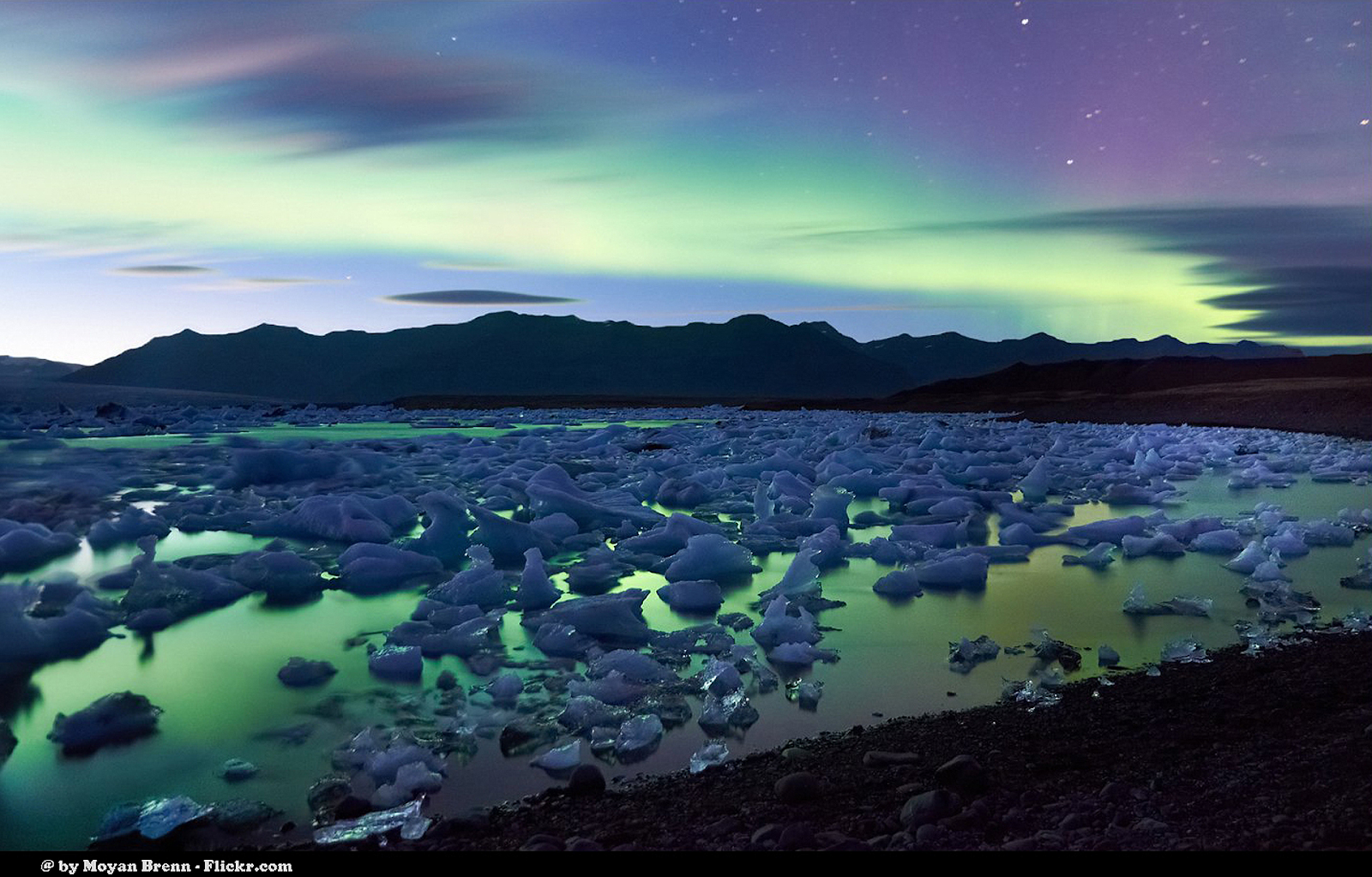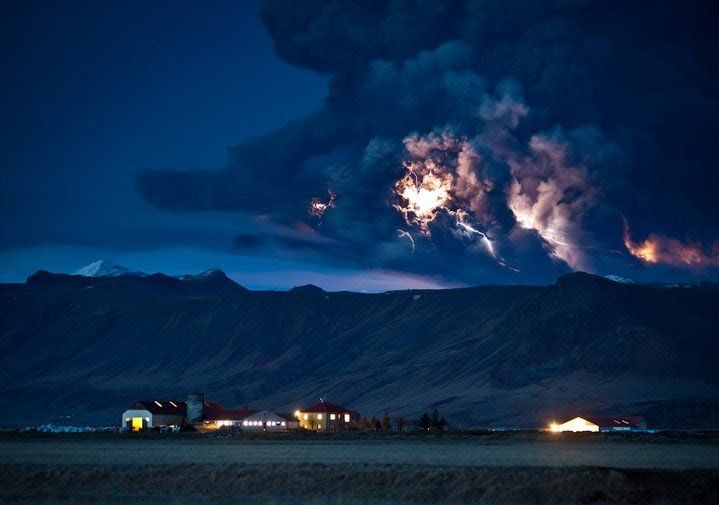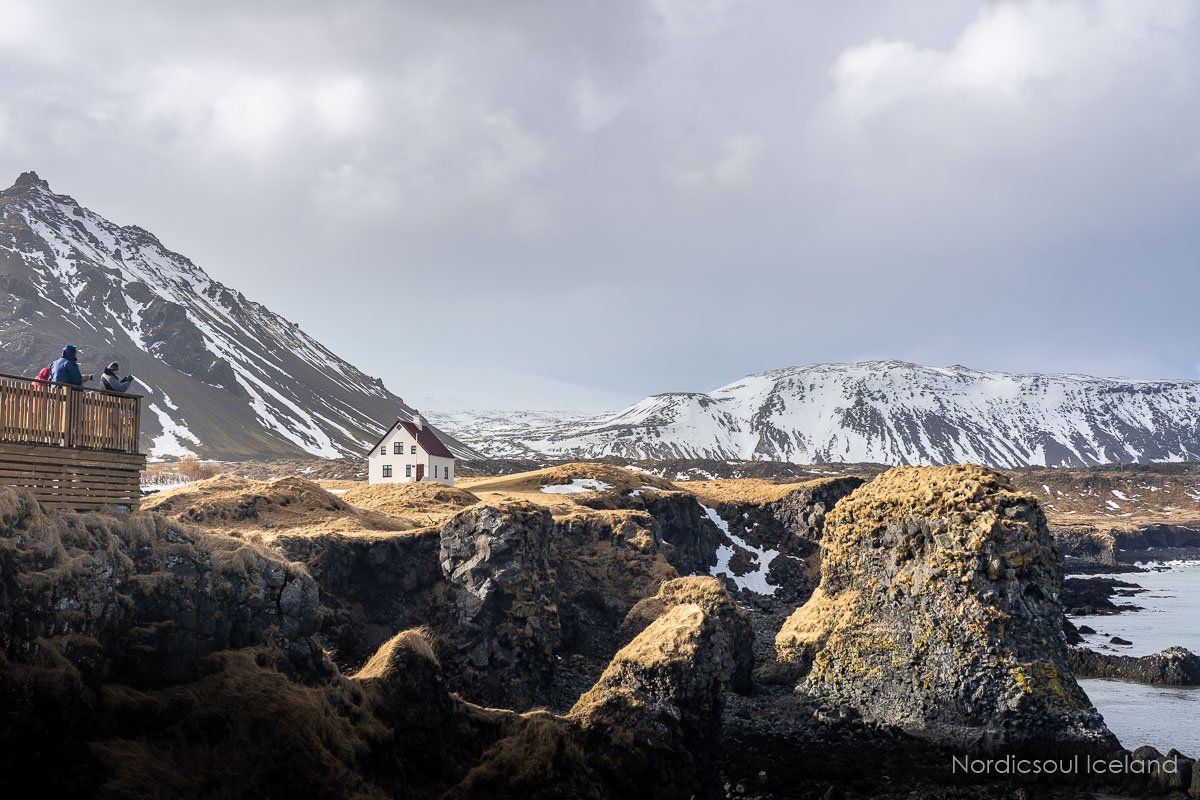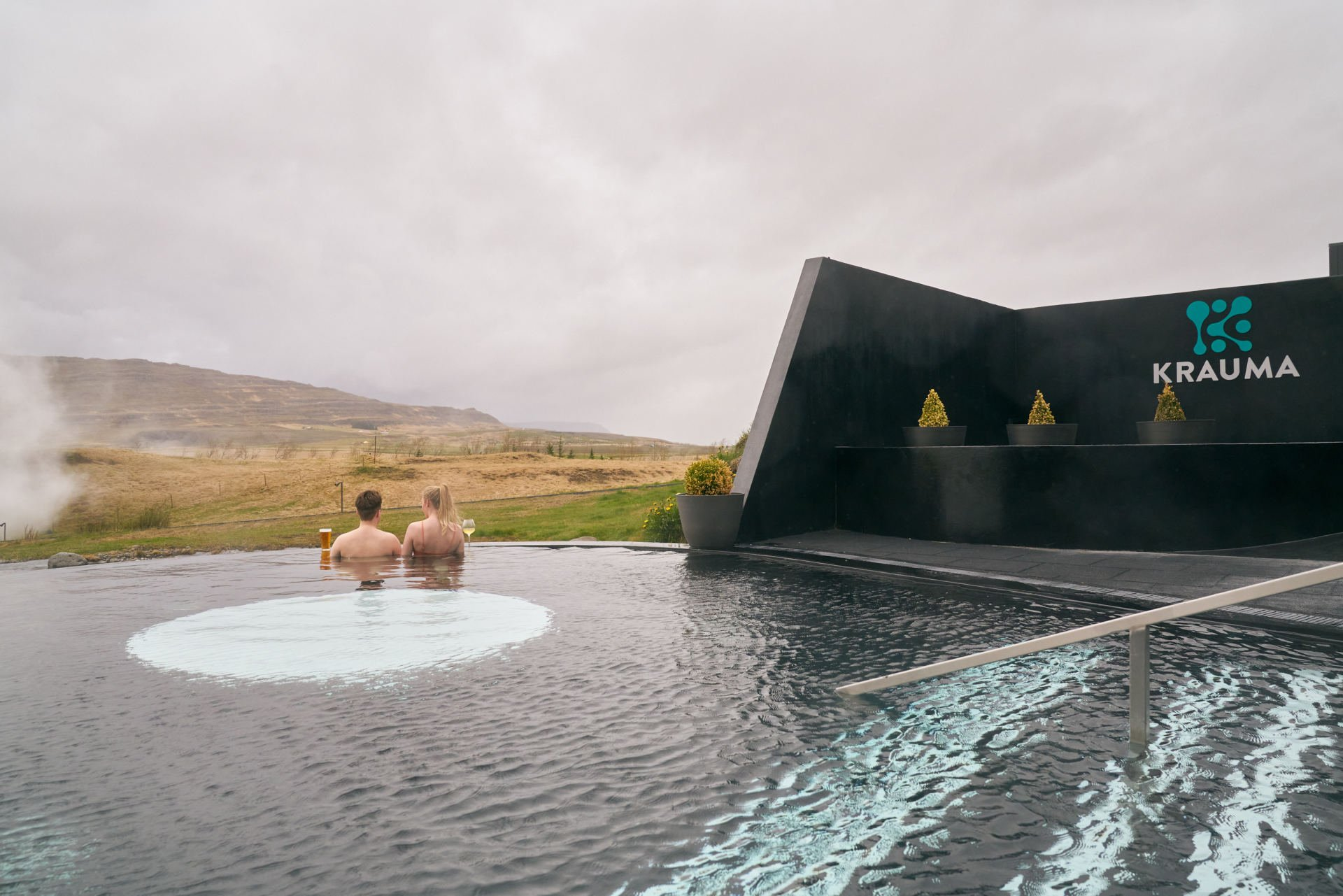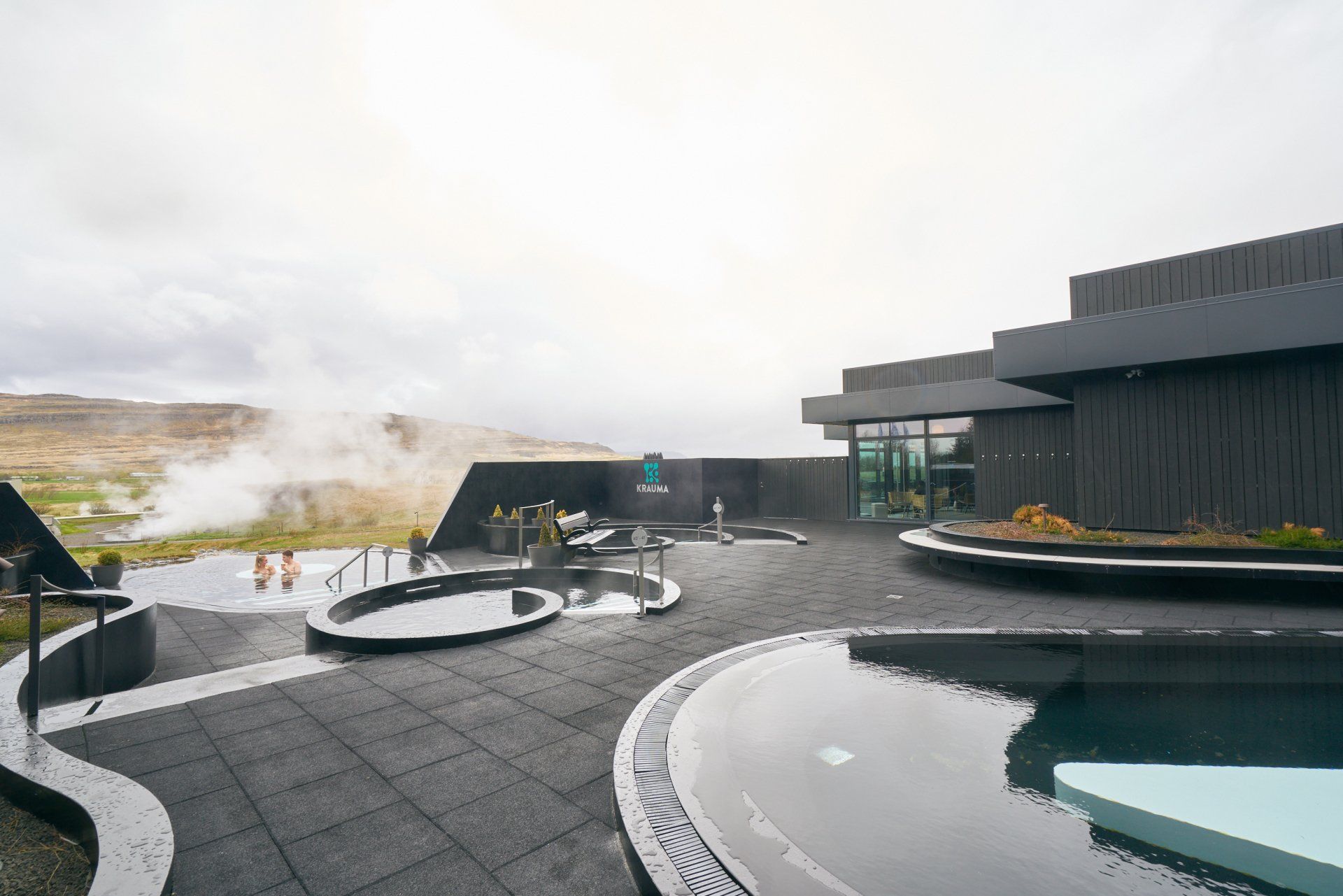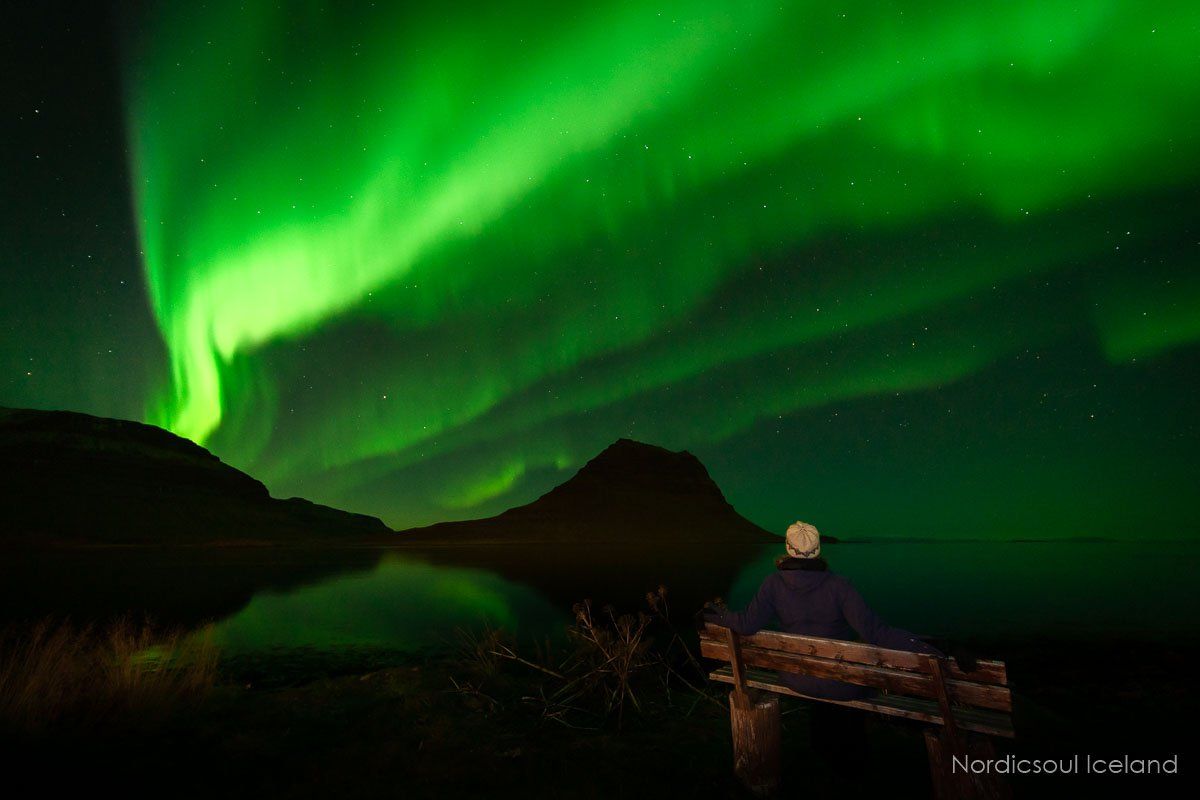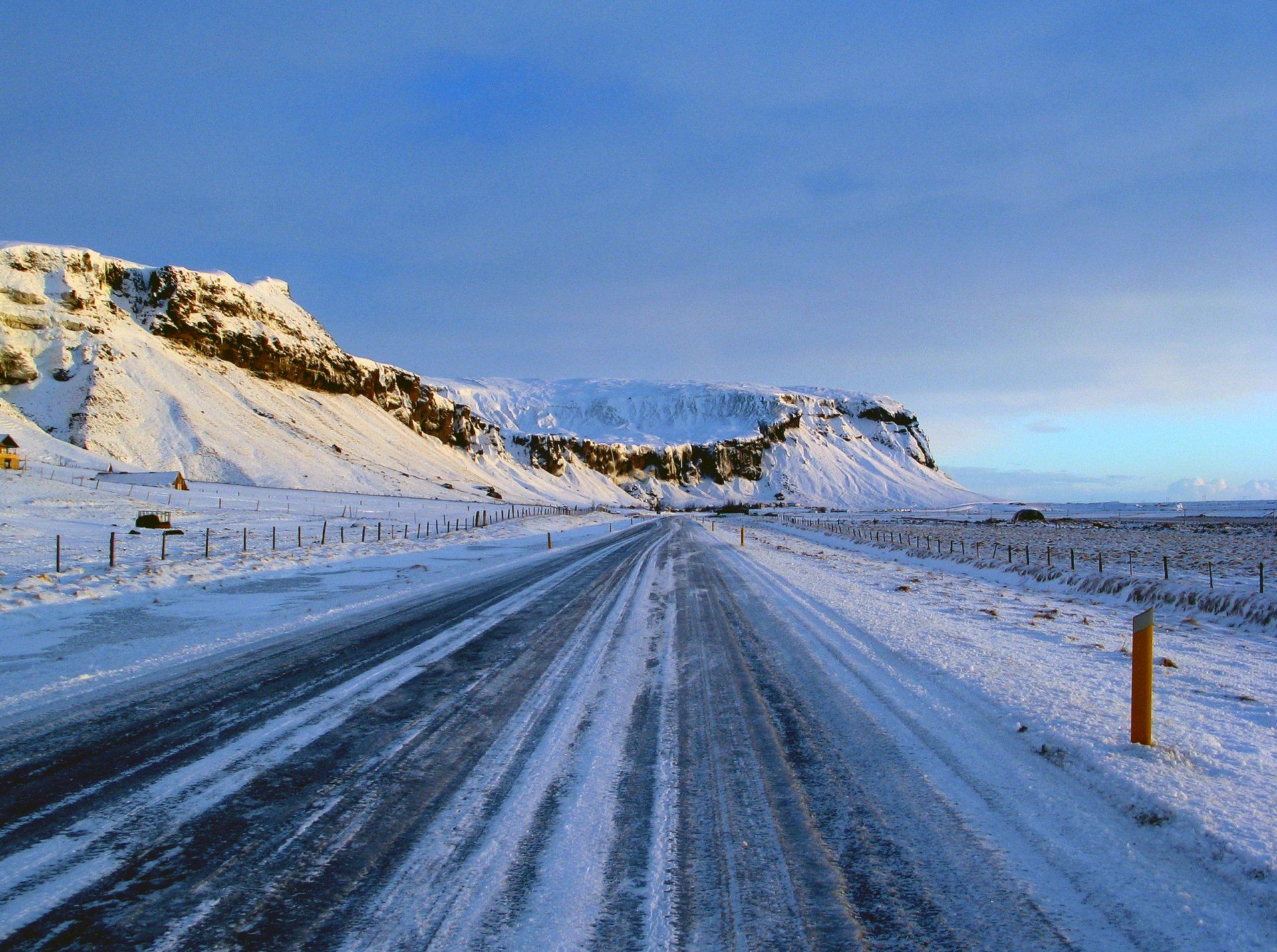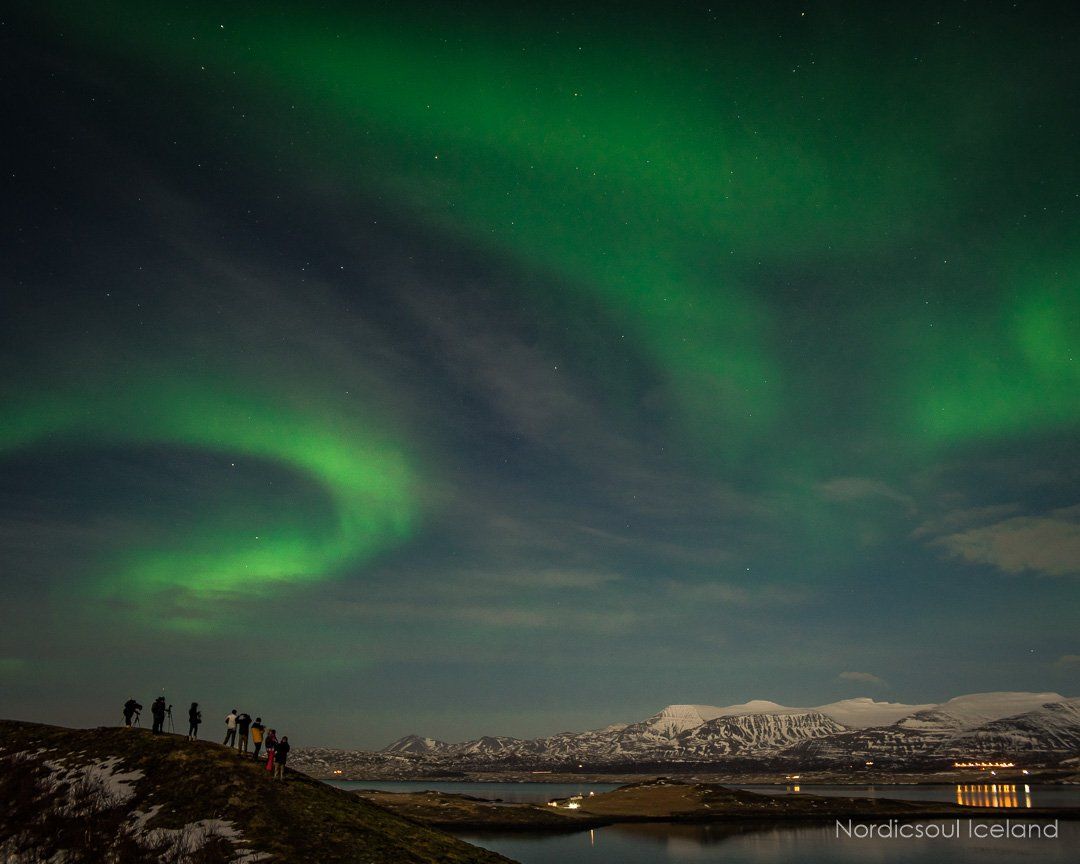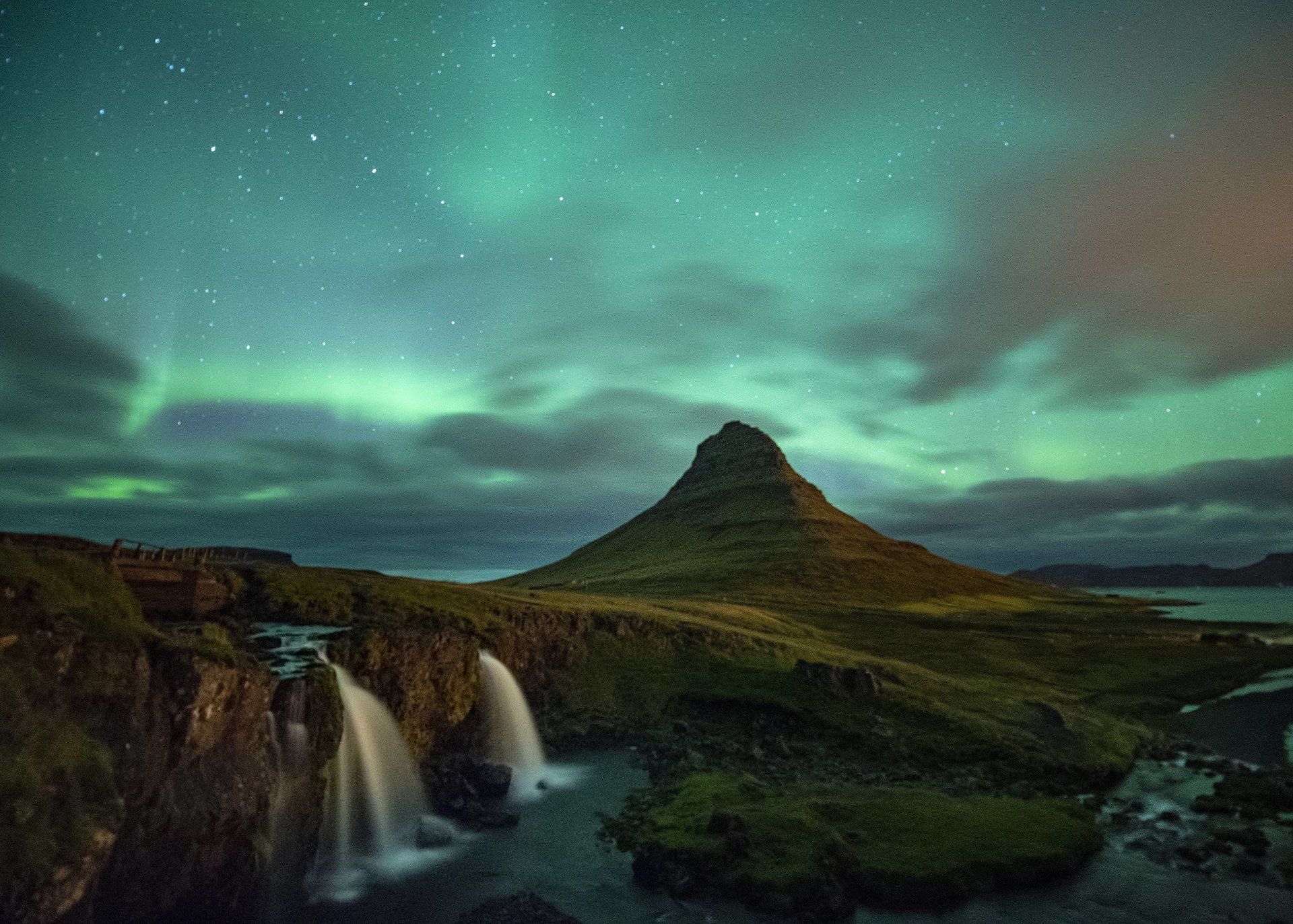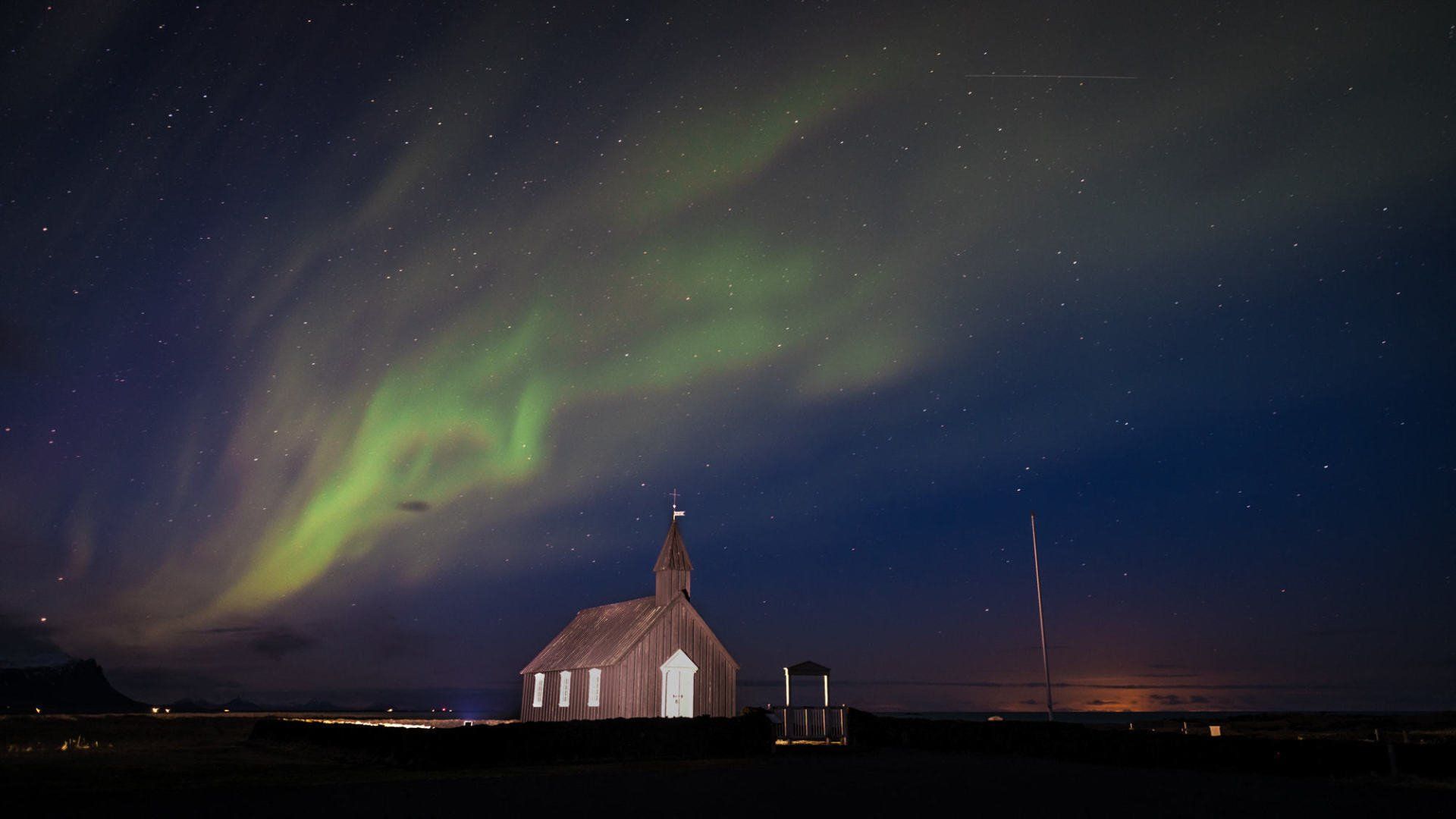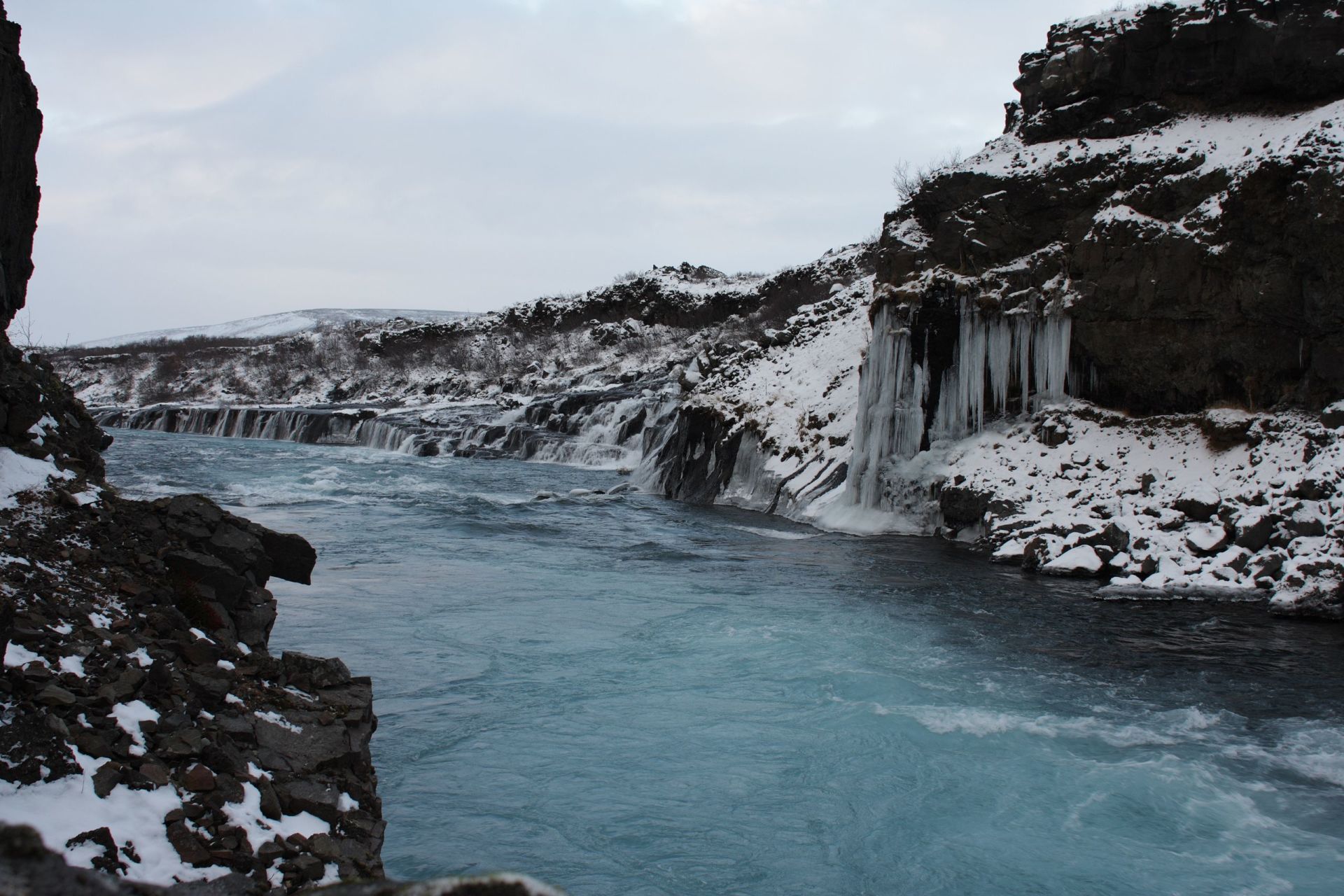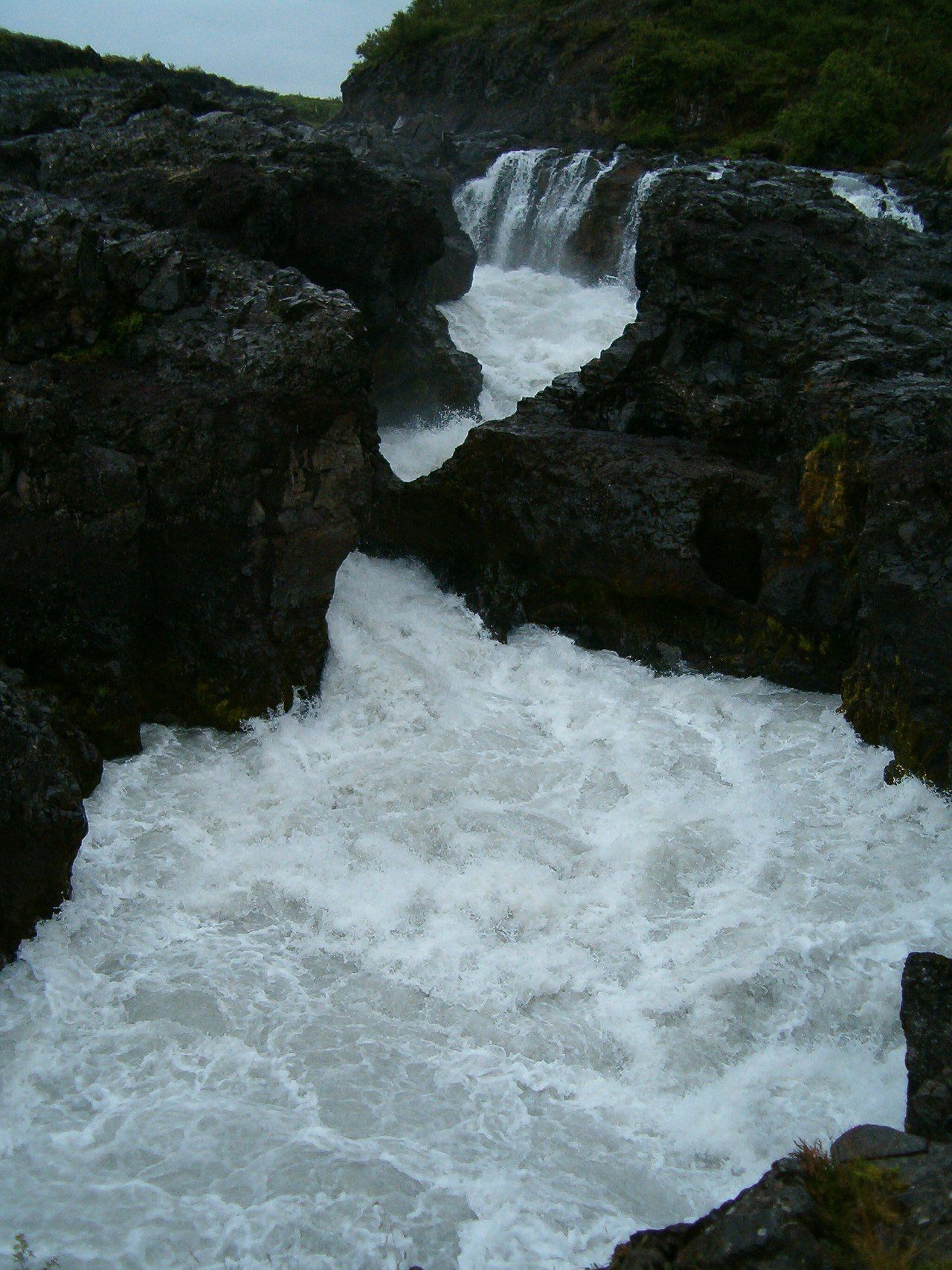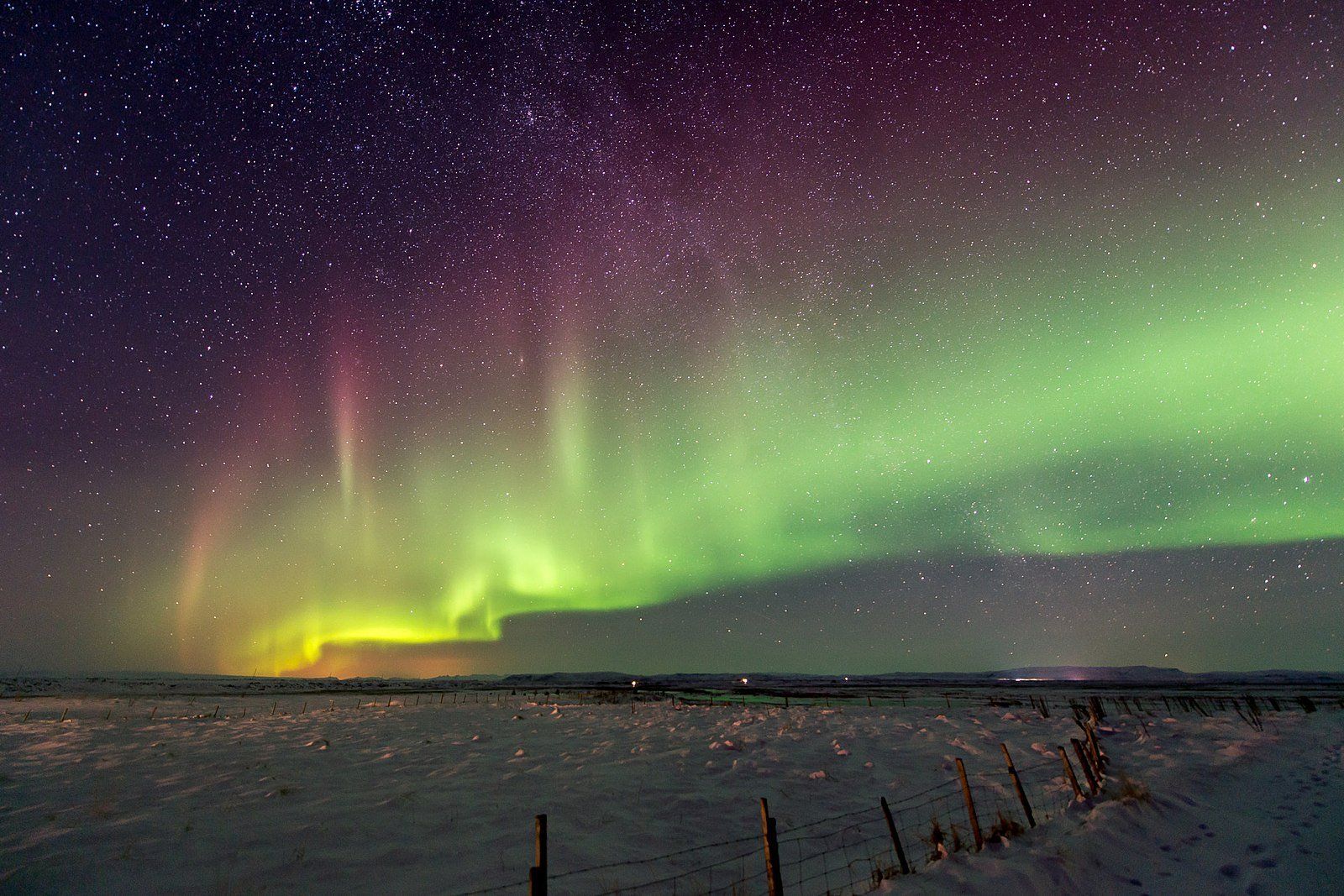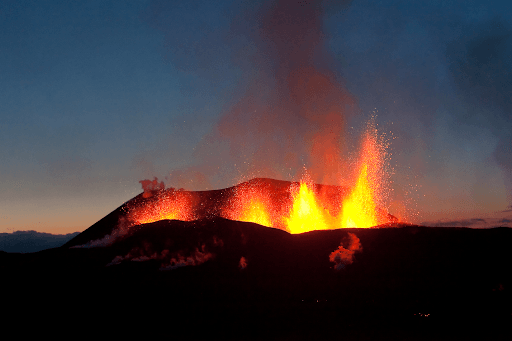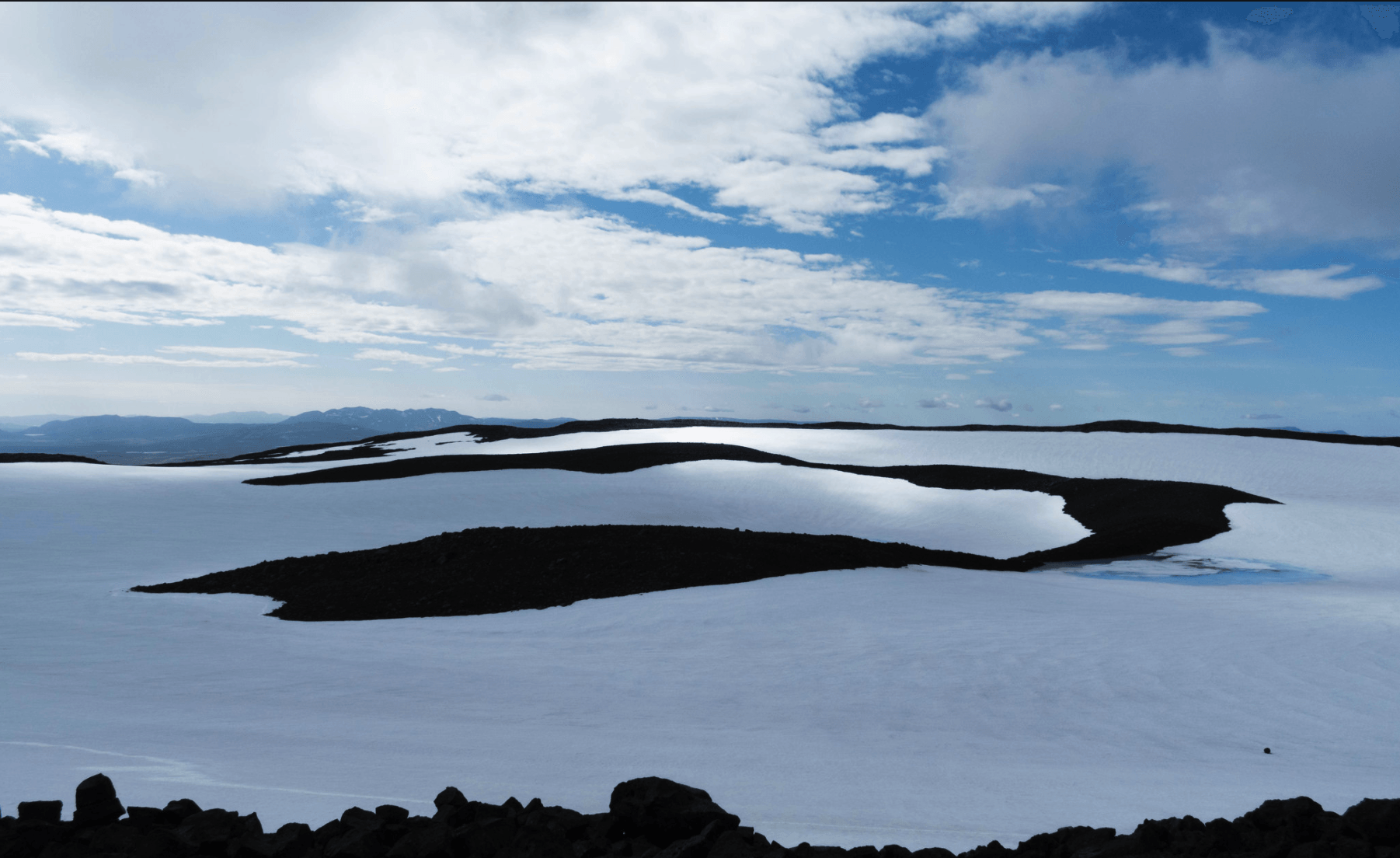Why You Need to See the Northern Lights in West Iceland
Why You Need to See the Northern Lights in West Iceland
Author: Chris Ayliffe
Perhaps I’m biased, but having seen the Northern Lights in other countries, Iceland is without a doubt the best.
Situated in a perfect spot in the auroral oval, as well as being isolated in the middle of the Atlantic and just outside the realms of the Arctic Circle provides the best climate, tranquility and wondrous environments to watch nature's greatest show play out above our heads. Without the rich folklore, spectacular terrains and passionate Icelanders, watching the Northern Lights during a
winter in Iceland just wouldn’t be quite as special.
Frequently, when travellers plan a winter getaway to our shores we hear the question again and again - where is the best place to see the Northern Lights?
Our answer - as much as your chance of seeing the magical Aurora Borealis will depend on a multitude of conditions, when it comes to the most unbelievable views with scenic and peaceful foreground, in my view, you should look no further than West Iceland as the
best place to see the Northern Lights in Iceland.
In this blog, I’ll explain why I suggest you check out West Iceland on your next Aurora hunt, the best locations to watch the skies from, the famous folklore as well as the conditions you need to keep your eye on for your best chance of Northern Lights success.
Why Should You Watch to Plan to Watch the Northern Lights in West Iceland?
It’s true, we’re spoiled here in Iceland when it comes to picking a spot to watch the Aurora.
In a land filled with glaciers, volcanoes, mountains, hot springs, black sand beaches as well as endless fjords and waterfalls, you can’t really go wrong when choosing where to watch the Northern Lights from.
However, though many regions will claim they have the advantage, West Iceland has always provided me with my favourite pictures and memories.
If you’re a night owl like me and love nothing more than a
self drive tour in Iceland, although ‘going it alone’ comes with an air of trepidation, the thrills of excitement always overpower them.
When you travel to Iceland during our winter months (September - April), you will most likely encounter some less favourable travelling conditions. The temperature is colder, the roads are icier and frequently snow-covered, and your visibility is impacted greatly by the long hours of darkness (not a time to get a tan in Iceland!)
Source: Iceland Snow-Covered Road in Winter. Wikimedia. CC. Ab5602.
With these conditions in mind, again if you’re anything like me, you probably don’t want to take your chances on some mind-boggling mountain passes out on your own. But at the same time you still want to avoid the crowds of people ruining your pictures or leaving their car lights on and impacting your experience.
This is why West Iceland is a firm favourite of mine.
At just a relatively easy hour drive north of Reykjavik, you will have complete solitude if you pick the right locations to find a cloud gap, set up your tripod, hold your hot chocolate and wait for the show.
However, if you’d rather take the hassle and stress from driving yourself out in conditions you’re not used to then a Northern Lights tour can be a fantastic experience. If you’re based in Reykjavik, make sure you avoid the cheap big bus tours, as quite frankly, they are terrible experiences.
Instead, choose
a small group Northern Lights minibus tour, or if you’re feeling a little extra adventurous why not splash out a little extra for
a Northern Lights Superjeep tour which are built for a multitude of terrains, taking you to places most vehicles cannot get to.
Alternatively, if you want a more intimate experience away from the tourist trail, there are plenty of
Private Northern Lights guides who will regularly go out just for fun. These guys track the data, understand the science and will usually be more flexible on how long you stay out for. They basically love watching the Northern Lights, and the passion is contagious!
What Locations Do I Suggest?
There are a number of fantastic locations in West Iceland which appear to be almost carved and crafted for photographers in particular.
If you’re into your photography or simply have a camera and you want to get a once in a lifetime snap, it’s all about the spectacular foreground that really makes your picture pop. This is why setting up camp in the best scenic locations is both a fantastic experience for you as well as also providing a series of photos you’ll be showing off to your friends and family for years to come!
Kirkjufell
Source: Kirkjufell under the Northern Lights. Wikimedia. CC. vaidyanathan.
Known as ‘Church Mountain’ or ‘the mountain shaped like an arrowhead’ if you’re an avid Game of Thrones fan, Kirkjufell is a unique spectacle to check out even without the backdrop of the Northern Lights.
You’ll find Kikrjufell located just a 5-minute drive from the town of Grundarfjörður on the northern side of the Snæfellsnes peninsula, uniquely sitting on it’s own right on the coast. There’s a car park right next to it on the opposite side of the street, so don’t worry about planning a hike.
As a photographer, I’d say you have two main spots to set up your tripod which will heavily depend on conditions.
Firstly, the classic shot you’ll see on all the postcards of Kirkjufell is a short 5-minute walk over a pathway above the adjacent waterfall, known as Kirkjufellfoss. Depending entirely on which month you arrive in, the waterfall will either be completely frozen over or maybe just have a light frosting of snow.
Setting up your camera here will allow you to grab both a long exposure of the waterfall, Kirkjufell and the Northern Lights which should be directly behind the mountain as you face north.
Alternatively, you can park up a little closer to the town of Grundarfjörður, and make your way along the water's edge on the eastern side of the mountain where you will be able to get a picture of the mountain with the Northern Lights both in the sky and reflected in the lake.
If the lake is completely frozen over, it can add an extra surreal element to your photograph which will seem completely otherworldly when you check out your shots the next day.
Be careful as you walk close to the water. I’ve done this in the daytime in winter and the snow can sometimes be thigh deep in places, so you want to make sure you have a torch or headlight and take your time to find a safe place to set up.
The Black Church of Búðir
Source: Búðakirkja under the Northern Lights. Wikimedia. CC. Giuseppe Milo.
Búðakirkja (or ‘Búðir church’) is a favourite picture spot for travellers taking a tour of the Snæfellsnes peninsula due to its unique positioning within Búðahraun lava field and striking contrast to the rugged white mountains in the backdrop.
Though nowadays there is a very nice hotel located very nearby, at night this is often a very secluded spot. It’s also on the southern side of the peninsula meaning a drive from Reykjavik is shorter, and often the mountains to the north can help shield you from stronger winds.
The drive is very straightforward and the surrounding views are unbelievable. With a lava field, mountains, beaches and notoriously some of the least impacted night skies from urban light, I’ve even seen the Milkyway right above my head here.
It’s peaceful, tranquil and breathtaking - what more do you need on an Aurora hunt?!
Hraunfossar & Barnafoss Waterfalls
Source: Hraunfossar Waterfall in Winter. Wikimedia. CC. Boaworm.
Sometimes twins are similar and sometimes they are complete opposites. When it comes to these neighbouring waterfalls, they are without a doubt complete opposites.
Located along route 518, around a 40-minute drive from the town of Borgannes, you can park up and check out the waterfalls of Hraunfossar and Barnafoss.
Hraunfossar is closest to the car park and is a 900 m wide trickling waterfall formed by an ancient subglacial eruption. Translating to ‘lava falls’, this unique and calm spectacle is an incredibly colourful location during the day thanks to the mineral rich lava rivulets.
Much like anywhere in Iceland, though in winter this location is caked in snow and ice, in summer it’s a vibrantly transformed environment with an abundance of flora and fauna.
Source: Barnafoss Waterfall. Wikimedia. CC. Bromr.
A short walk upstream will take you to the much more thunderous and powerful waterfall of Barnafoss. Meaning ‘childrens falls’, this mighty spectacle is remembered by Icelanders for the tale of two children who were deemed to have been taken by the waterfall whilst the villagers attended a church service.
Both of these waterfalls are fantastic to see in the day and can create unique Northern Lights pictures in the darkness. If you opt to visit this location, you’ll want to get shots in front of each for a dramatic long exposure effect.
However, be sure to remain on the footpaths at all times, as the last thing you want is to be swept into these icy waters during the winter season just like the children in the folklore of Barnafoss!
Northern Lights Folklore
It’s fascinating to learn all about Northern Lights folklore which was predominantly developed by the early settlers of the scandinaivan countries. How they made sense of this natural wonder makes the experience that more special as you gaze up at the dancing lights humankind has been pondering over and finding meaning in for centuries.
In Iceland, the Northern Lights were associated with childbirth. It was believed that when the lights were visible, their transcendent powers helped relieve the pains the expectant mothers experienced as long as they didn’t look at the Aurora whilst giving birth. However, a failure to comply with this belief would lead to a child being born cross-eyed. Yes, it’s as bizarre as it sounds!
Source: The Northern Lights in Iceland. Wikimedia. CC. Cameron Pickett.
However, Finland has a more heartwarming tale about an Arctic Fox. The Sámi people believed that once upon a time, an Arctic Fox ran so quickly across the snow that his tail caused sparks to fly into the night sky. This in turn first created the Northern Lights. In finnish, the word for Northern Lights is in fact ‘revontulet’ which translates directly to ‘fire fox’.
Finally, for those of you who may enjoy Norse mythology, or have at least enjoyed the latest Thor marvel movies, there is another legend related to the Valkyrie. In Norse mythology, it’s believed that the Aurora is created by the reflections of light in the shield and armour of the female warriors of the Valkyrie as they head off into battle.
This legend was taken further by others who suggested that the Northern Lights was actually the ‘Bifrost Bridge’. It was a glowing and pulsating arch which would lead the fallen Valkyrie to their final resting place in Valhalla.
What Conditions Do You Need to See the Northern Lights?
If you’re planning a trip to Iceland in winter, make sure you’re not only coming to see the Northern Lights. After all, the country is truly unique and wondrous - it lingers at or near the top spot when it comes to exploring nature for most travellers and should be explored accordingly.
You have to be prepared for the fact that sometimes the conditions simply don’t play ball. For instance, last season whilst remaining close to Reykjavik on most occasions, I saw the Northern Lights around twice a week. Though, this may seem like a lot, you have to be aware of the conditions that give you the best opportunity.
For instance, clouds are your worst nemesis when it comes to seeing the Northern Lights. If it’s cloudy and cloud gaps aren’t forecast anywhere near your vicinity, you won’t see the Northern Lights that night. This is because clouds generally sit at 3 - 16 km high in the sky, whereas the Aurora occurs between 80 - 640 km high, so a fully clouded night will obscure your visibility of the ethereal lights.
My best advice is to keep track of weather websites - learn about them before you come and look for potential cloud gaps. The websites are never 100% accurate, so when in doubt a journey out may give you some well needed luck.
Secondly, try and keep on top of Aurora activity. Nowadays we have a number of fantastic sources which monitor the sun's atmosphere (the ‘corona’), potential solar wind strength and the predicted best times to see the Aurora Borealis.
Don’t worry, you don’t need a masters in astronomy to pick up the basics, and there are several apps that condense this information down into digestible chunks. I regularly check the Space Weather website and anticipate when the stronger solar storms are coming - they make for the most colourful and incredible shows.
Lastly, remain aware of the wind. I know it sounds silly but in Iceland the volatility of the wind can vary dramatically on any given day.
If there are weather warnings out in your location or the location you’re planning on travelling to, it’s best to stay inside and stay safe. The Northern Lights are awesome, but surviving to tell the tale is way more important.
If you’re wanting some more support on the best times and locations to watch the Northern Lights,
this Instagram account provides a daily digestible Northern Lights forecast during the winter months in Iceland. It’s simple to understand and provides great information to take advantage of, particularly when you only have a few days in Iceland.
Conclusion
Watching and photographing the Northern Lights are without a doubt one of the best things to do in Iceland. Every night as you gaze to the heavens, you are seeing a completely different show to what anyone has ever seen before. This marvel written in folklore across the northern hemisphere is an item near the top of many peoples bucket list and each experience will be completely unique and different.
Perhaps I’m biased, but the proximity, ease of travel and most dramatic landscapes for Northern Lights hunters is best in West Iceland. With a selection of magnificent foregrounds, tranquil locations and frankly out of this world night skies, you will struggle to go wrong.
You can even take the chance to unwind at the
delightful Krauma spa, positioned perfectly in the rugged rural snowy terrain of West Iceland. After days of exploration and adventure, sometimes the Northern Lights will show themselves to you even as you relax in the geothermal pools of Krauma.
Breathe in the experience and cherish the moment under the dazzling night skies on an Icelandic winter.
You can also see the Northern Light in Tromsø if you are situated in that part of Norway.
